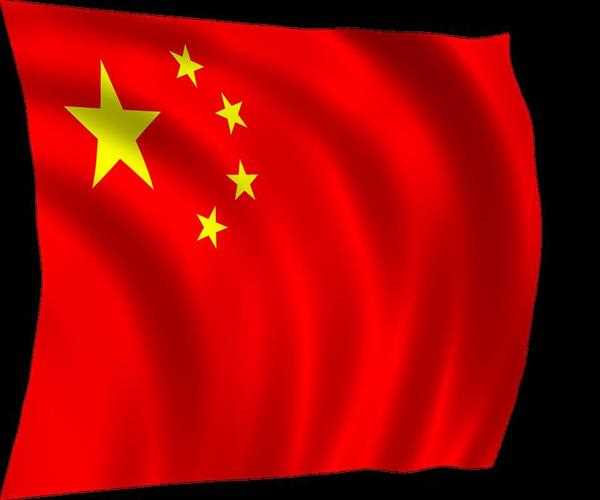
The business cycle/economic cycle keeps on moving for every country, simultaneously. And every country experiences every aspect of the business cycle as shown in the image.
Then what is expansionary policy? Suppose a country is going through the phase of recession/depression. The general demand/consumption of the country has become zero due to low income, as a result of which the investments are negligible too. What should that country do in this particular situation? They cannot be standstill like this forever. To counter such a situation, modern economist John Maynard Kenyes has published in his theory: the Keynesian Economics, the idea of Expansionary Policy for nations.
These expansionary policies are so designed and implemented to counter the effect of recession and ascend towards recovery. It boosts economic growth at a time where slowdown kicks in. Its main idea is to boost aggregate demand to boost private demand in return. It could be of two types- monetary or fiscal, or a combination of both.
Risks involved:
Expansionary policy could prove to be diverging if the economists do not know when to stop, how much efforts to put. It requires prior sophisticated analysis and knowledge of uncertainties because it could affect the risks including macroeconomic, microeconomic, and political economy issues.
Fiscal expansionary policy: Some examples are- tax cuts, transfer payments, rebates, govt. expenditure

Monetary expansionary policy: it is carried out mainly by the central bank of the country in co-ordination with the govt. Either they increase money supply/inflation or they give short term interest rates.
China’s expansionary policy:
After the economic reforms were introduced in China in 1978, it has adopted an ardent and visionary expansionary policy to make itself one of the greatest economies of the world.
This policy in China led to credit allocation of bank credits to the less productive Chinese firms. Thus, the investment increased more for the firms. Since, 1978, GDP growth in China has reached almost 10 percent a year, and more than 800 million people have been lifted out of poverty. This has made China an upper-middle income economy.
Their concerns have shifted toward the poverty-stricken groups of mainly the urban areas.
Earlier China was using the policy of growth based on resource-intensive manufacturing, exports, and low-paid labor. But it has now been exhausted and is no longer benefitting the country. They would otherwise shift from low-end manufacturing to higher-end manufacturing and services, and from investment to consumption.
The only major economy to achieve positive growth in 2020, China’s recovery from COVID-19 has been swift.
Along with this economic growth mindset, China also tries to grow in this physical size by getting into border disputes with neighboring countries.
In order to prove its physical existence, China uses expansion of land as well. It shares borders with 14 countries in the world. The very famous ‘South China Sea’ which has been self-proclaimed by China is also a debatable issue in most of the countries because it has acquired some lands and islands illegally.
The Peoples' Bank of China (PBOC) controls the money supply in China. Since China is very strict regarding its market, it has a running socialist open-market economy. It is tough to outer markets but is open to free market forces.
Since it is an export driven economy, it has large amount of forex reserves. The PBOC can also control the money supply by changing the reserve ratio and the discount rate.
Monetary policy of China require some tools which are:
• Open market operations- policy of buying and selling government bonds to control the money supply and interest rate in the financial market.
• Deposit reserve policy- central bank imposes a deposit reserve ratio on deposits of commercial banks, etc.
• Central bank loans- the central bank uses monetary base to specialized banks, other financial institutions, in a variety of ways of financial intermediation general term
• Interest rate policy- policies and measures to control and regulate market interest rates in order to influence the supply and demand of social fund
• Exchange rate policy- Lifting of a government using the national currency exchange rate to control the feed exports and capital flows in order to reach the international balance of payments purposes
• Permanent loan facilities- also called Short-term Liquidity Operation, it is used when there is a temporary fluctuation in the liquidity of the banking system.
• 2010 policy tools- China adopts a market-based approach, the system and its range of tools offers the central bank more autonomy to set policy and marks a significant change for monetary policy making in the country.
